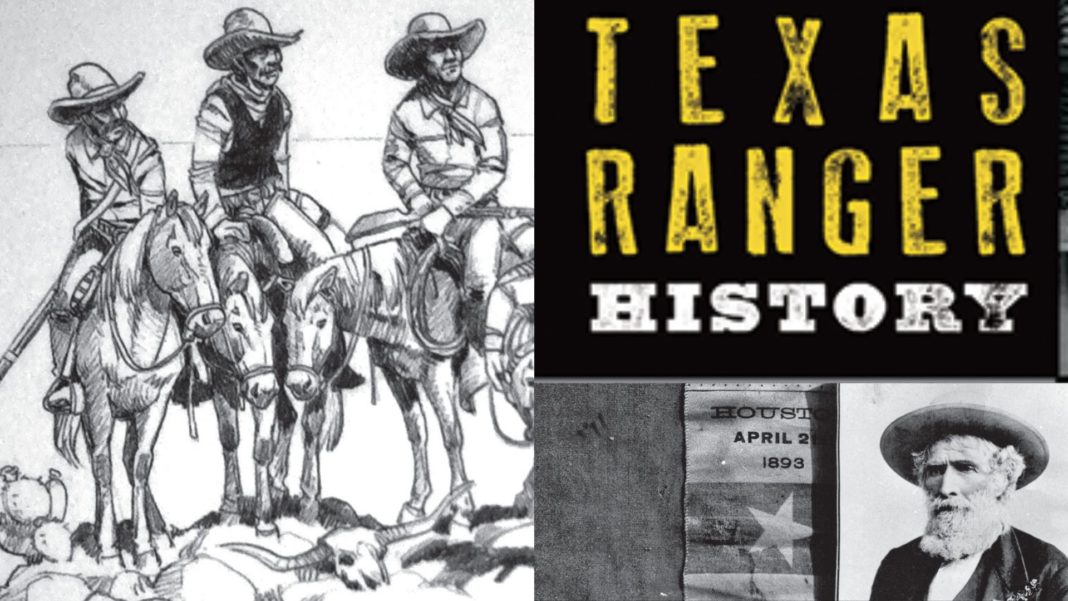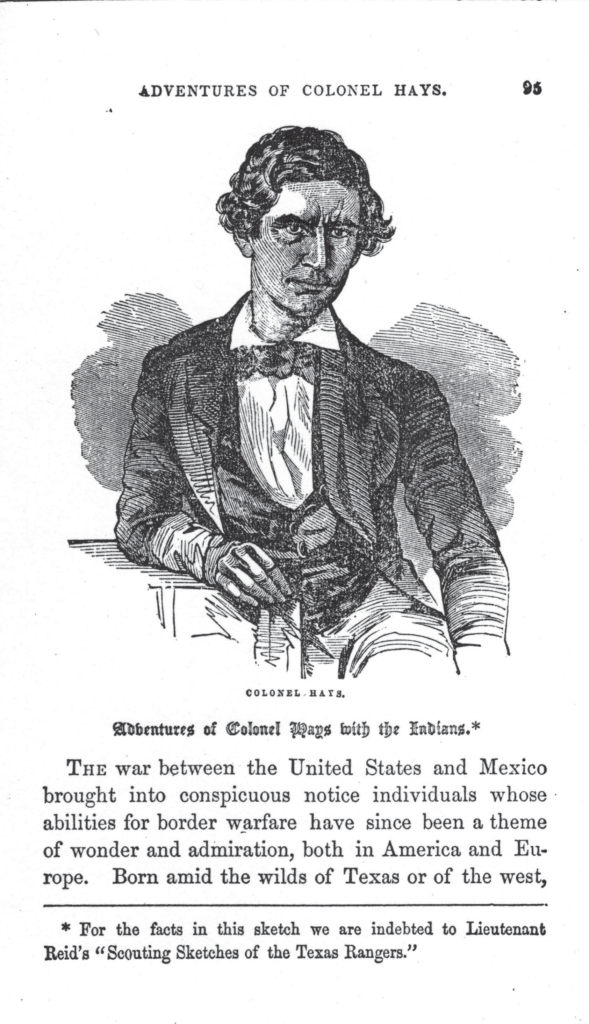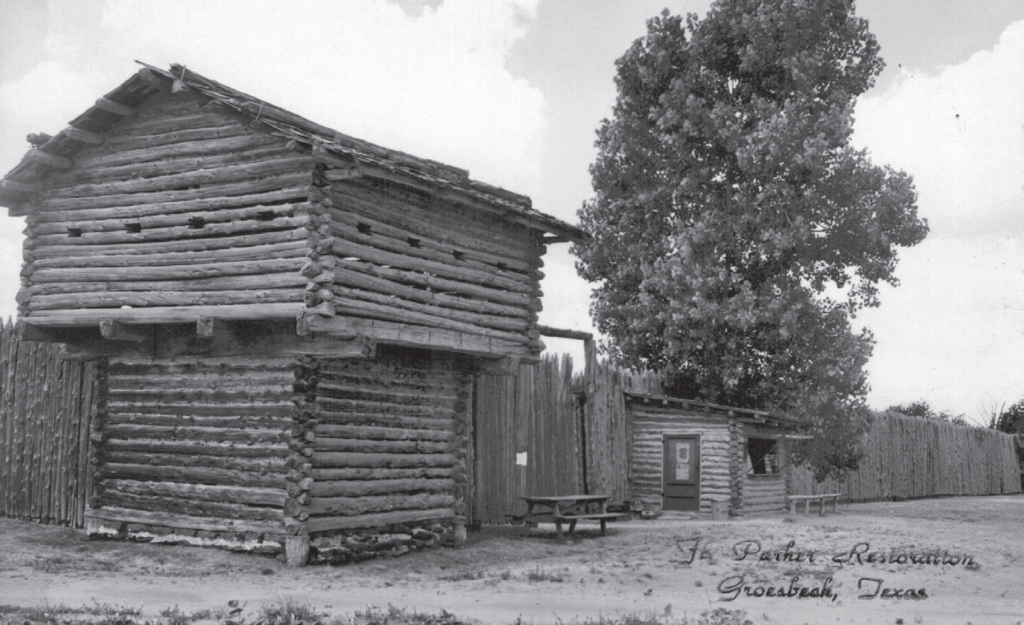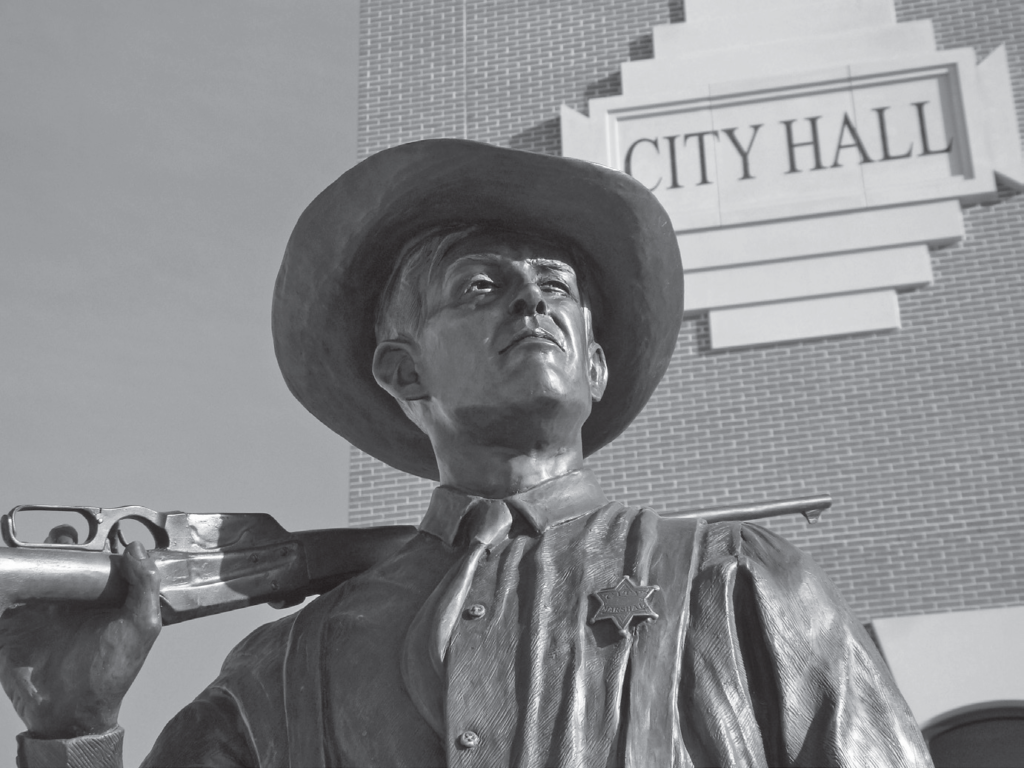
The Texas Rangers are one of the most famous law enforcement agencies in history. Even though they began as a modest group of armed frontier ranging guards, once Texas won its independence from Mexico, the Texas Rangers grew in significance, and their service to Texas became the stuff of legends. Their physical presence is still felt on dozens of sites across the state. In fact, every county in Texas has markers to Texas Ranger gunfights, raids, showdowns, and victories, and 28 of Texas’ 254 counties are named for Texas Rangers!
Pre-Revolution Tejas
When entrepreneur Stephen F. Austin was granted permission by the Mexican government to settle the fertile lands surrounding the Brazos and Colorado Rivers, he soon found that the Mexican government was unwilling (or unable) to protect his colonizers. Native American Indian tribes had roamed these lands for generations, and Austin hired a militia of “rangers” to defend his settlements.
Republic of Texas
To this day, Deaf Smith remains one of the most misunderstood heroes in Texas history. Yes, he was an essential aid to General Sam Houston during the Texas Revolution. But it was his service to Texas as a Ranger in the early days of the Texas Republic that distinguish him. Smith led a mounted force to protect the southwest frontier and assert Texan military authority in areas still vulnerable to lingering Mexican influence. Smith and his fellow Rangers later engaged Mexican soldiers at the border town Laredo. He died that year at age 50, and was buried in Fort Bend County, where a monument to him was dedicated.
“Give me a few Rangers and I will get it done.”
Sam Houston

Texas Statehood
Another of Deaf Smith’s legacies is his recruitment of perhaps the most famous Texas Ranger to ever wear a badge, Jack Hays. While the banishment of Mexican soldiers was completed, Comanches and gunslingers like John Wesley Hardin prowled the Texas frontier. Captain Jack Hays established his genius for combat in the Battle of Walker Creek, where he and his 14 fellow Texas Rangers bested the Comanches, who outnumbered them, with the help of Paterson Colt revolver, which would instantly become the classic Ranger sidearm. The Golden Era of the Texas Rangers reigned until the close of the 19th century, when most of the native Indian tribes had been eliminated or subdued.

development of the Rangers. Author’s collection.
The Comanche Tracker
Sul Ross is mostly remembered today at the governor of Texas from 1887 to 1891 and the namesake for Sul Ross State University. However, his actions with the Texas Rangers made him a mythical hero of his day. In 1860, Sul Ross led the exhibition to recover the kidnapped Comanche captive of 24 years Cynthia Ann Parker, who had been taken from her family’s log fort in 1836. Ross as “white savior” played into all of the contemporary stereotypes of Anglos versus “savages.” Texas A&M has honored Ross with a building named for him and a bronze statute for the Ranger turned governor.

hall. Photo courtesy Russell Cushman.
The Modern Era
Well into the 20th century, bandits and outlaws continued to terrorize Texas. Texas Ranger Frank Hamer gained a reputation as a crack shot following a decisive shootout in Del Rio over some stolen livestock, but his legend was certified when he took down two of the most famous outlaws of the 20th century. In 1934, Hamer was coaxed out of retirement by Governor Ma Ferguson to capture or kill infamous bank robbers Bonnie and Clyde. He and partner Manny Gault did the later in Arcadia, Louisiana. Frank Hamer spent some time in Navasota as their marshal, and today a bronze statue honors his memory.


